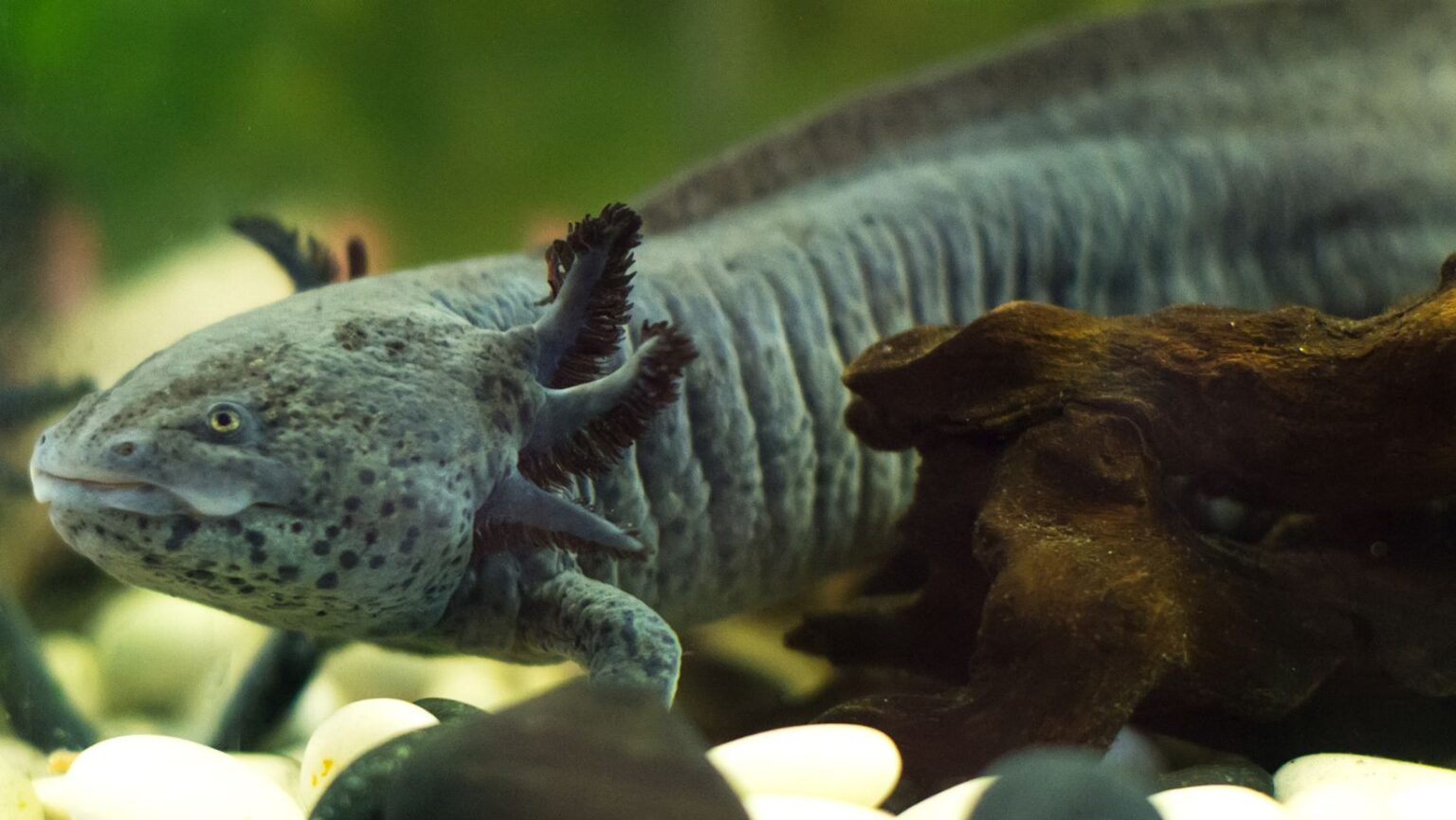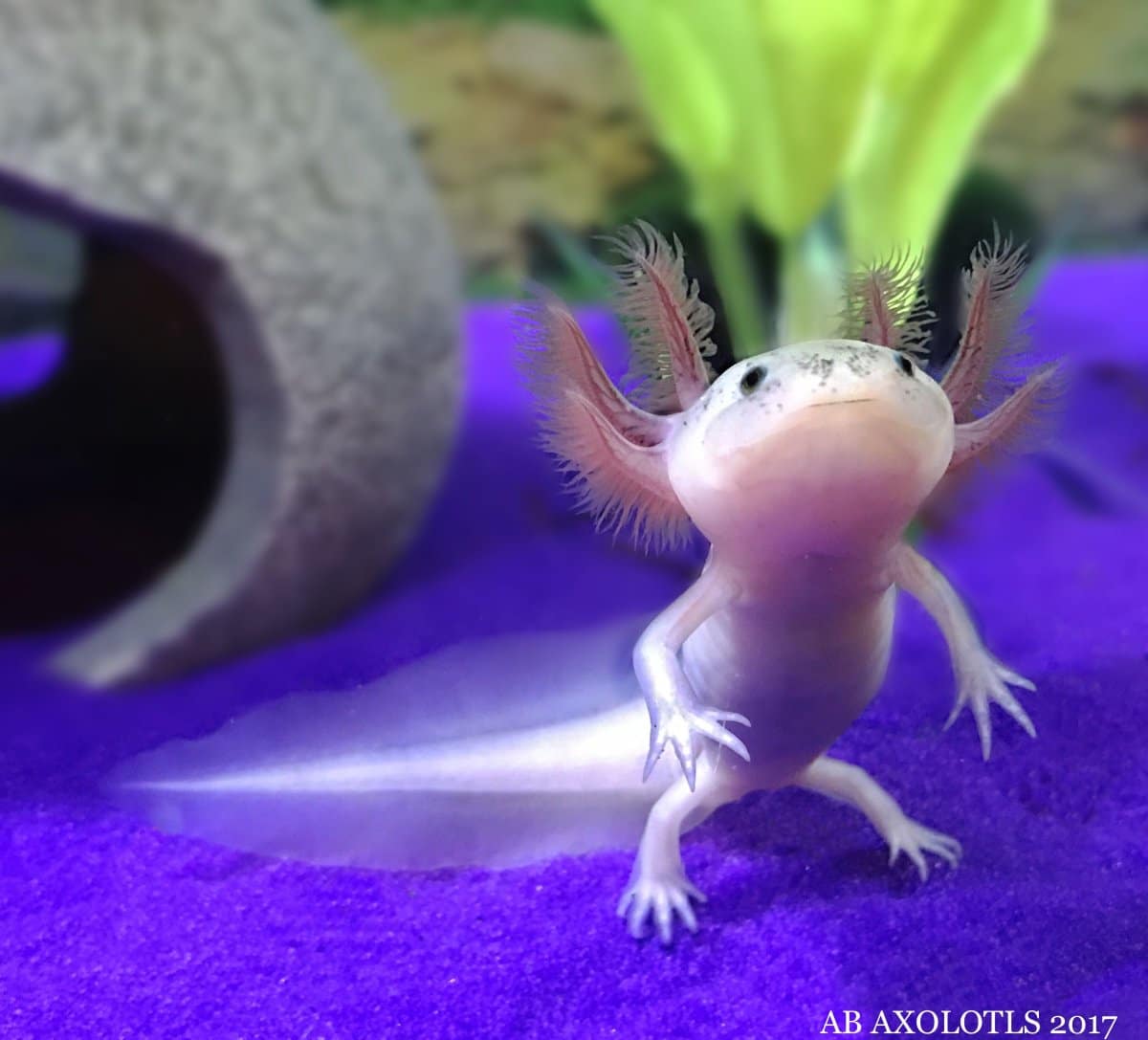How to cycle an axolotl tank – Embark on the journey of cycling your axolotl tank, a crucial step in creating a healthy and balanced environment for your aquatic pet. This comprehensive guide will navigate you through the process, ensuring a thriving habitat for your beloved axolotl.
Delving into the intricacies of the nitrogen cycle, we’ll explore the role of beneficial bacteria in converting harmful ammonia and nitrite into less toxic nitrates. By understanding this essential process, you’ll gain the knowledge to maintain optimal water quality for your axolotl’s well-being.
Cycle Preparation
Cycling an axolotl tank is an essential step to ensure a healthy and thriving environment for your aquatic pet. It involves establishing a stable ecosystem within the tank, where beneficial bacteria convert toxic ammonia and nitrite into less harmful nitrates.
Without cycling, these harmful substances can accumulate in the water and harm your axolotl.
To set up your tank for cycling, follow these steps:
Materials
- New axolotl tank
- Gravel or sand substrate
- Filter
- Water conditioner
- Live bacteria or ammonia source
- Test kit for ammonia, nitrite, and nitrate
Tank Setup
- Rinse the gravel or sand thoroughly to remove any dust or debris.
- Spread the substrate evenly over the bottom of the tank.
- Install the filter according to the manufacturer’s instructions.
- Fill the tank with tap water and treat it with water conditioner to remove chlorine and chloramines.
Nitrogen Cycle
The nitrogen cycle is a crucial biological process that occurs in aquatic environments, including axolotl tanks. It involves the transformation of toxic nitrogenous waste into less harmful forms, ensuring the well-being of aquatic life.
Beneficial bacteria play a vital role in the nitrogen cycle. These bacteria convert ammonia, a highly toxic waste product excreted by axolotls, into nitrite. Nitrite is then further converted into nitrate, a less harmful form of nitrogen. Nitrate can be utilized by plants as a nutrient, completing the nitrogen cycle.
Nitrifying Bacteria
Nitrifying bacteria are responsible for the conversion of ammonia and nitrite into nitrate. There are two main types of nitrifying bacteria: Nitrosomonasand Nitrobacter.
- Nitrosomonas: These bacteria convert ammonia into nitrite.
- Nitrobacter: These bacteria convert nitrite into nitrate.
The growth and activity of nitrifying bacteria depend on several factors, including the availability of oxygen, pH, and temperature. Maintaining optimal conditions for these bacteria is essential for efficient nitrogen cycling in axolotl tanks.
Cycling Methods

Cycling an axolotl tank involves establishing a stable biological ecosystem that can efficiently process waste. Two main cycling methods are commonly used: fishless cycling and fish-in cycling.
If you’re wondering how do I know if my ebike battery is bad , there are a few telltale signs. One is a decrease in range, meaning you can’t travel as far on a single charge as you used to.
Another is a longer charging time, indicating the battery is not holding a charge as efficiently. Additionally, if you notice the battery overheating or swelling, it’s time for a replacement.
Fishless Cycling
Fishless cycling is a method where the tank is cycled without any live animals present. This allows for a more controlled and gradual establishment of beneficial bacteria. The process typically involves adding an ammonia source, such as pure ammonia or fish food, to the tank and monitoring the levels of ammonia, nitrite, and nitrate.
For safety reasons, it’s crucial to know how often should you change your motorcycle helmet. Generally, it’s recommended to replace your helmet every five years or after any significant impact, such as a crash. Helmets can degrade over time due to UV exposure, sweat, and general wear and tear, compromising their protective capabilities.
By following these guidelines, you can ensure your helmet provides optimal protection in the event of an accident.
Once the nitrate levels become stable, the tank is considered cycled.
Fish-in Cycling, How to cycle an axolotl tank
Fish-in cycling, on the other hand, involves cycling the tank while housing fish. This method is riskier as the fish are exposed to potentially harmful levels of ammonia and nitrite during the cycling process. It is essential to monitor the water parameters closely and perform frequent water changes to keep the levels within acceptable ranges.
Regular water changes also help to remove waste and provide fresh water for the fish.
While fish-in cycling can be a quicker method, it is important to proceed with caution and ensure the well-being of the fish. If the water parameters become too extreme, the fish may experience stress, illness, or even death.
Monitoring the Cycle
Once you have set up your axolotl tank and begun the cycling process, it is important to monitor the water parameters to ensure that the cycle is progressing as it should. This involves testing for ammonia, nitrite, and nitrate levels.
Testing for Ammonia, Nitrite, and Nitrate Levels
To test for ammonia, nitrite, and nitrate levels, you will need to use a water testing kit. There are many different types of water testing kits available, so be sure to choose one that is specifically designed for aquariums. Once you have a water testing kit, follow the instructions provided to test the water in your tank.The ideal levels for ammonia, nitrite, and nitrate in an axolotl tank are as follows:| Parameter | Ideal Level ||—|—|| Ammonia | 0 ppm || Nitrite | 0 ppm || Nitrate | <20 ppm | If the levels of ammonia or nitrite in your tank are too high, this can be harmful to your axolotl. If the levels of nitrate in your tank are too high, this can also be harmful to your axolotl, although it is less toxic than ammonia and nitrite. It is important to note that the cycling process can take several weeks to complete. During this time, the levels of ammonia and nitrite in your tank will fluctuate. This is normal, and you should not be alarmed if you see these levels rise and fall. However, if the levels of ammonia or nitrite in your tank remain high for an extended period of time, this could be a sign that the cycling process is not progressing as it should. In this case, you may need to take steps to troubleshoot the cycle.
Water Changes: How To Cycle An Axolotl Tank

Regular water changes are essential during the cycling process to remove waste products and maintain water quality.
They help prevent the accumulation of harmful substances like ammonia and nitrites, which can inhibit the growth of beneficial bacteria.
Performing Water Changes
During cycling, perform water changes of about 20-25% once a week. Use a gravel vacuum to remove debris from the substrate and filter out any solids. Fill the tank with treated, temperature-matched water to maintain the pH and temperature levels.
Troubleshooting
Cycling an axolotl tank can be a challenging process, but it is essential to ensure the health and well-being of your axolotl. Several common problems can occur during cycling, and it is important to be able to identify and address them promptly.
Identifying Problems
- Low bacterial growth:This can be caused by a lack of ammonia or nitrite in the tank, or by the presence of toxins that are harmful to bacteria.
- High ammonia levels:This can be caused by overfeeding, a lack of filtration, or a malfunctioning filter.
- High nitrite levels:This can be caused by a lack of nitrate-converting bacteria in the tank.
- High nitrate levels:This can be caused by overfeeding or a lack of water changes.
Solutions
- Low bacterial growth:Add more ammonia or nitrite to the tank, or remove any toxins that may be present.
- High ammonia levels:Reduce feeding, clean the filter, or add more filtration to the tank.
- High nitrite levels:Add more nitrate-converting bacteria to the tank.
- High nitrate levels:Perform water changes to reduce nitrate levels.
Completing the Cycle
Determining when the tank is fully cycled requires patience and observation. There are several signs that indicate the cycle is complete:
Ammonia and Nitrite Levels
- Ammonia levels should be 0 ppm.
- Nitrite levels should be 0 ppm.
Nitrate Levels
- Nitrate levels will be present and should be below 20 ppm.
- Stable nitrate levels indicate the presence of nitrifying bacteria.
Water Clarity
- The water should be clear and free of cloudiness.
- Cloudiness may indicate the presence of uneaten food, waste, or bacteria.
Healthy Fish
- Fish added to the tank should be healthy and active.
- If fish show signs of stress or illness, the cycle may not be complete.
Ultimate Conclusion

As you complete the cycling process, your axolotl tank will transform into a thriving ecosystem, providing a safe and healthy haven for your aquatic companion. Remember, patience and consistency are key to establishing a balanced environment where your axolotl can flourish.
Commonly Asked Questions
What is the nitrogen cycle?
The nitrogen cycle is a natural process that converts toxic ammonia and nitrite into less harmful nitrates through the action of beneficial bacteria.
Why is cycling a new axolotl tank important?
Cycling allows beneficial bacteria to establish themselves in the tank, ensuring the breakdown of harmful waste products and maintaining a healthy environment for your axolotl.
How long does it take to cycle an axolotl tank?
Cycling time can vary depending on factors like temperature and the cycling method used, but it typically takes several weeks to complete.
